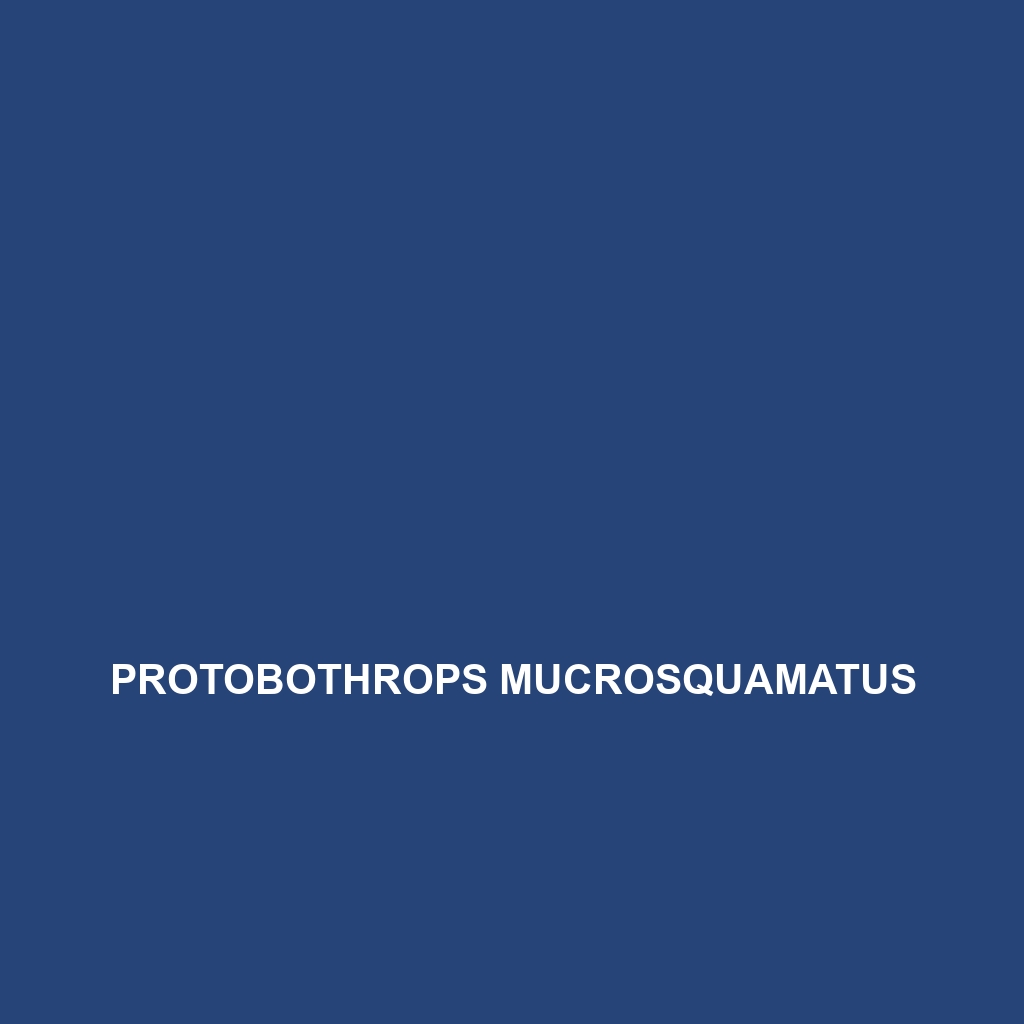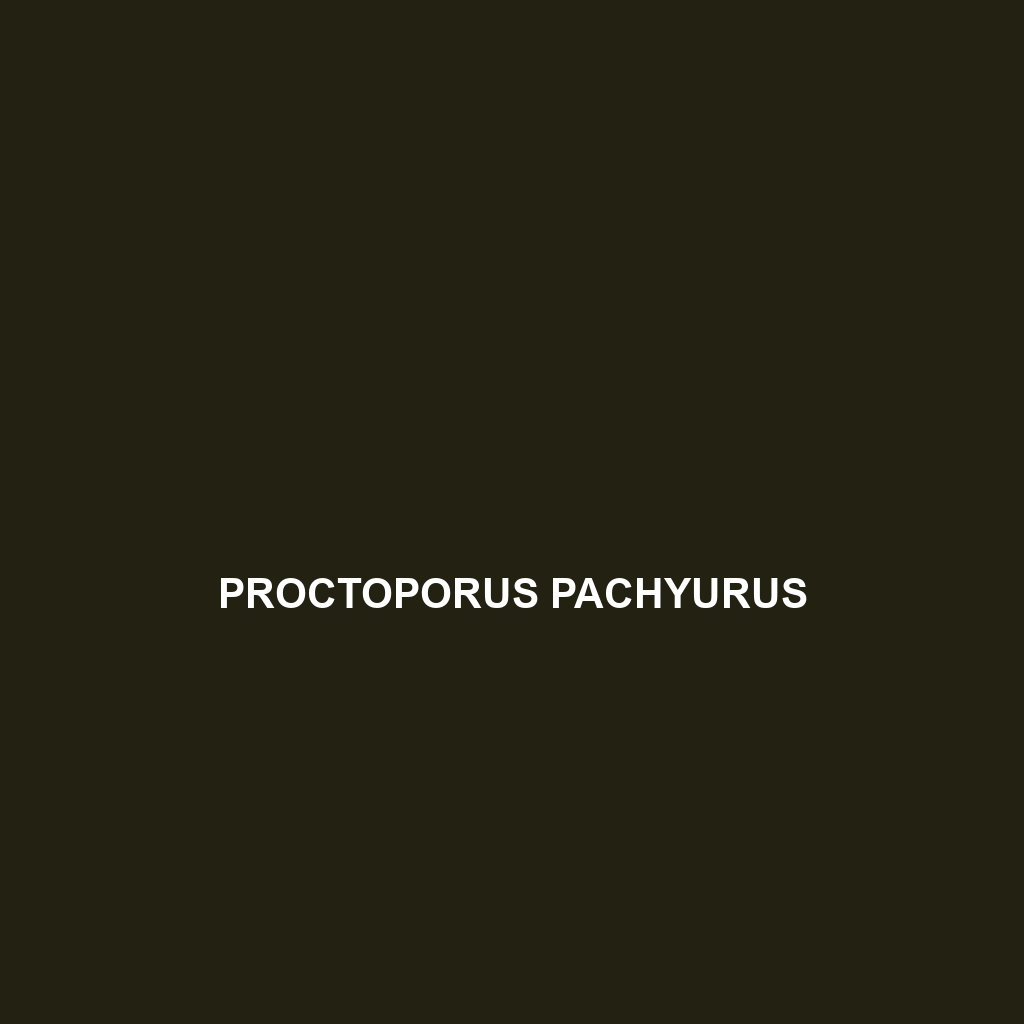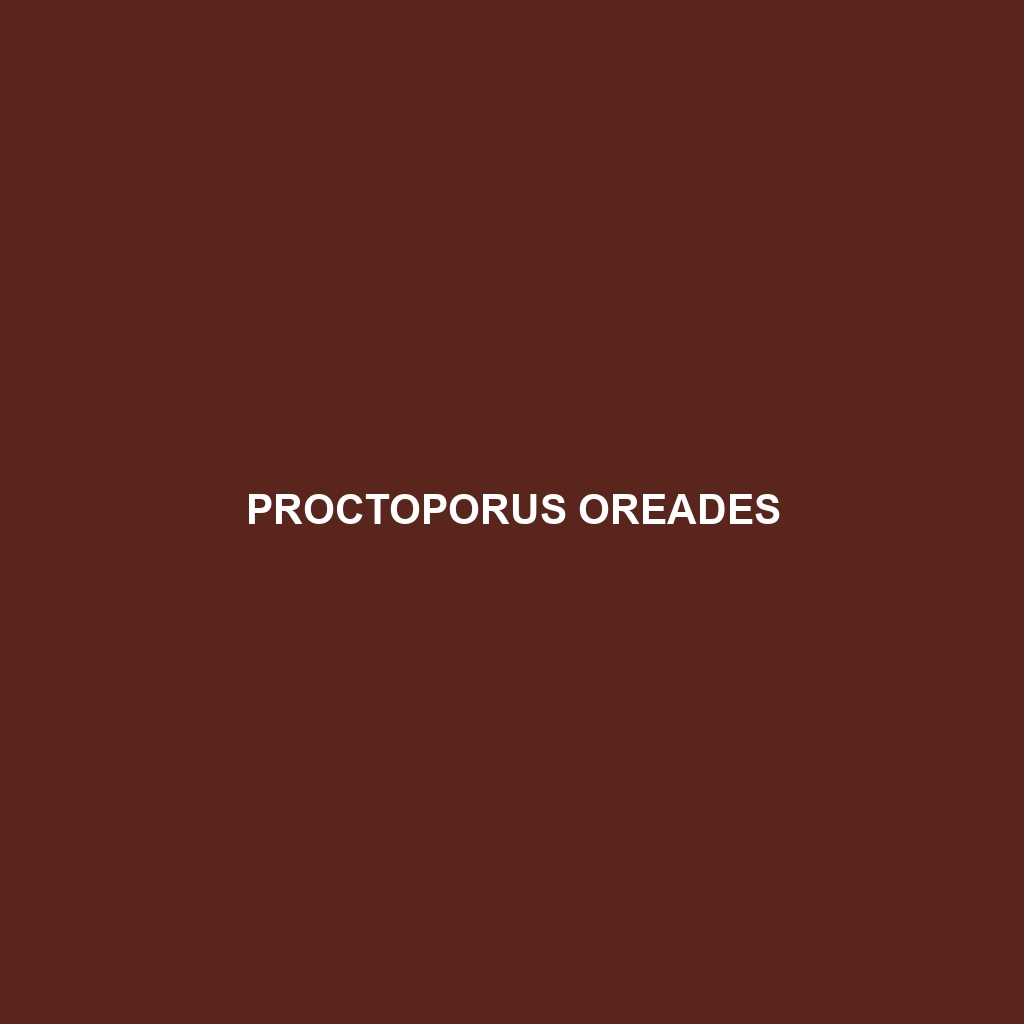<b>Psammodromus hispanicus</b>, commonly known as the Iberian sand racer, is a slender, diurnal lizard found in the southeastern regions of Spain, thriving in warm, sandy habitats. With a striking coloration and impressive agility, it primarily feeds on insects and plays a crucial role in regulating local ecosystems.
Tag: IUCN Least Concern
Protobothrops mucrosquamatus
<b>Protobothrops mucrosquamatus</b>, commonly known as the sharp-nosed pit viper, is a nocturnal, ovoviviparous snake native to humid tropical and subtropical forests of East and Southeast Asia, exhibiting strong camouflage and a potent hemotoxic venom, primarily feeding on small mammals and birds. With distinctive zigzag patterns and a sharp, elongated snout, this solitary predator plays a crucial role in maintaining ecological balance within its habitat.
Prosymna stuhlmanni
<p>Discover the <b>Prosymna stuhlmanni</b>, also known as Stuhlmann's Snake, a non-venomous species native to the lush rainforests of East Africa. With its slender body, distinctive speckled coloration, and nocturnal habits, this fascinating predator plays a vital role in maintaining ecological balance by preying on invertebrates.</p>
Prosymna angolensis
Discover the Prosymna angolensis, or Angolan brown snake, a slender predator measuring 60 to 80 cm, thriving in Angola's tropical rainforests and savannas. Adaptable and nocturnal, it primarily feeds on small mammals and amphibians, exhibiting keen camouflage and stealth as it plays a crucial role in its ecosystem.
Prosymna ambigua
<b>Prosymna ambigua</b>, commonly known as the ambiguous snake, is a nocturnal insectivore found in the lush rainforests and savannas of Sub-Saharan Africa. With its distinctive coloration and slender body, it effectively hunts insects while playing a crucial role in maintaining ecosystem balance.
Proscelotes aenea
<p><b>Proscelotes aenea</b>, commonly known as the Bronze Bush Lizard, is a striking insectivore found in the diverse habitats of southern Africa, including rainforests, temperate forests, and savannas. Notable for its glossy scales and agile movements, this nocturnal species plays a vital role in regulating insect populations while showcasing fascinating courtship behaviors during mating season.</p>
Proctoporus pachyurus
<b>Proctoporus pachyurus</b>, or thick-tailed gecko, is an arboreal insectivore native to the tropical and subtropical regions of the central Andes, characterized by its robust body, thick tail, and distinctive earthy coloration. This nocturnal species plays a crucial role in controlling insect populations and contributes to the forest ecosystem's biodiversity.
Proctoporus oreades
The Proctoporus oreades, commonly known as the Andes lizard, thrives in the Andean mountains' cooler temperate forests and grasslands, exhibiting a distinctive earthy coloration and elongated body. This insectivorous species plays a crucial role in its ecosystem by regulating insect populations and serving as prey for various predators.
Proablepharus tenuis
<p><b>Proablepharus tenuis</b>, known as the slender sphenomorphus, is a vibrant insectivorous lizard thriving in tropical rainforests with a length of 15 to 25 centimeters. With its unique coloration, large eyes, and agile tail, it plays a crucial role in its ecosystem by controlling insect populations while showcasing remarkable camouflage abilities.</p> </div>
Pristurus schneideri
<b>Pristurus schneideri</b> is a slender, nocturnal lizard native to the Arabian Peninsula, known for its distinct light brown to gray coloration with darker spots, and its ability to thrive in rocky, arid habitats. This insectivorous species plays a vital role in controlling insect populations and exhibits fascinating mating behaviors during the breeding season.









